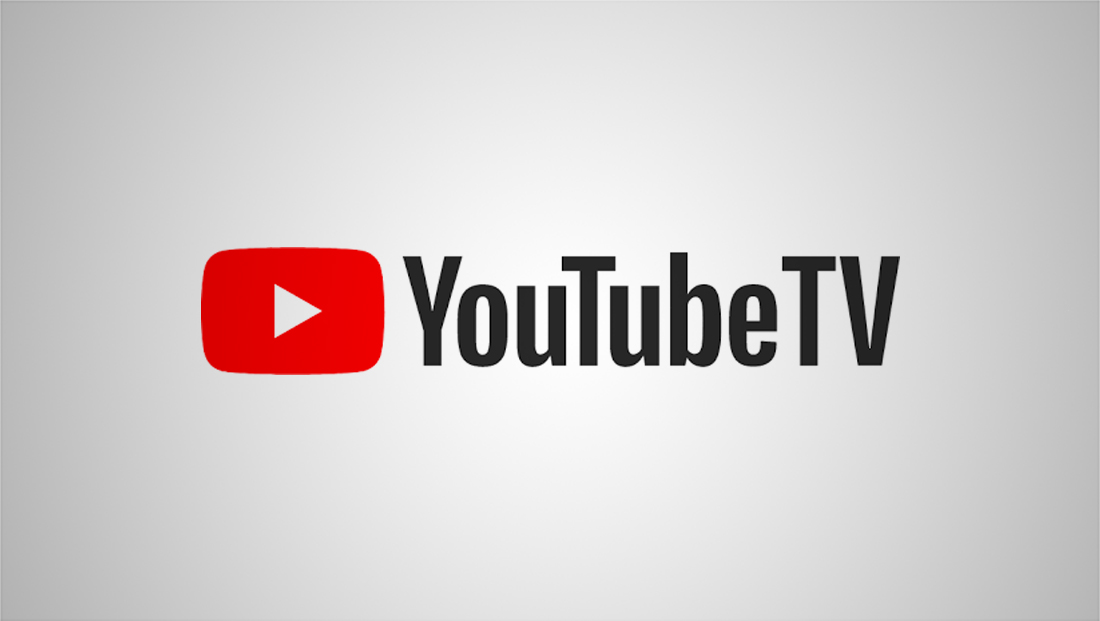NBCU reportedly drops Peacock bundling demand in YouTube TV negotiations
By MixDex Article may include affiliate links

NBC has reportedly dropped the idea that Google would bundle its Peacock streamer with its YouTube TV service.
According to multiple reports, NBCUniversal had originally been looking to have YouTube TV offer its subscribers Peacock as part of their subscription as part of a carriage deal that’s set to expire Sept. 30, 2021.
NBCU has reportedly dropped that as a negotiation tactic, but the two sides haven’t reached an agreement yet, meaning up to 14 channels could be removed from YouTube TV. This includes all NBC affiliates, including ones not owned by NBCU.
YouTube TV made the unusual move of saying if subscribers lose access to the NBCU channels, it will slash its price by $10 to make up for it.
NBC’s parent company, Comcast, already offers Peacock Premium free to its Xfinity subscribers, and the company was presumably looking for a similar arrangement with YouTube TV.
This could have included YouTube TV paying NBCU not only for access to its channels but also a negotiated fee to give subscribers access to Peacock Premium, which unlocks the entire library of content but still includes ads.
Apparently that didn’t interest YouTube TV execs — or NBC’s asking price was simply too high to make sense economically.
Meanwhile, YouTube TV could be facing pressure from customers if NBC is yanked. If the companies don’t settle on an extension or new deal, viewers could miss out on NBC’s popular “Sunday Night Football” coverage Oct. 3, 2021, which could put some pressure on YouTube to come to terms on a new agreement.
As of now, NBC networks will go dark on YouTube TV at midnight Thursday, Sept. 30, 2021.
However, it’s not uncommon for 11th hour deals to happen — or for both sides to agree to an extension of the current contract to continue negotiations. In other cases, the channels may go dark for a few days or weeks before the two sides come to an agreement.
Peacock already has an estimated 54 million subscribers, but only 20 million of those are considered “active,” showcasing how the service is likely padding its numbers with those Xfinity subscribers who get the service for free, whether or not they even know they do.
YouTube TV has an estimated 3 million subscribers, so had Google agreed to bundle the service, NBC could conceivably claimed upwards of 57 million Peacock subscribers.
Subscriber count and active users are both important metrics for Peacock, because it has two ad supported tiers — one is completely free but only has access to limited content and the other is $4.99 a month, which gives users access to the full vault of content but with ads inserted.
This $4.99 tier is what is included for free to Xfinity customers.
A higher tier, at $9.99 a month, removes ads from almost all programming. Xfinity subscribers can pay an extra fee to get upgraded to this level, which generates $5 a month in “guaranteed” revenue for NBCUniversal — meaning it will get those funds no matter if it can sell enough ads to generate $5 in revenue.
Ad sales in the streaming TV arena are challenging, with many ad supported services filling breaks with promos for its own shows and services (which don’t generate any direct revenue) or presumably paid spots for products and services with mass appeal and often high profit margins — such as insurance, cars and beauty products.
NBC had strategically planned to launch Peacock ahead of the 2020 Olympics and when the games were postponed due to the coronavirus pandemic, it still went ahead with the launch.
The network still worked in the delayed games, which took place in 2021, into its strategy and saw a subscribe boost, but also faced criticism for a clunky user interface that made it hard for customers to find coverage they wanted.
Popular Searches
- TV Industry News
- Broadcast Engineering News
- Broadcast Design News
- TV Talk Shows
- TV Syndication
- TV Advertising
- TV News Jobs
- TV Industry Mergers and Acquisitions
- TV Anchors
- Cable News
- Late Night TV
- TV Syndication News
- Broadcast Industry News
- TV News Drone Journalism
- TV News Augmented Reality
- TV Weather Forecasting
- TV News Journalism
- TV News Ethics
- OTT News
- News About NBC
- News About CBS
- News About ABC
- News About CNN
- News About MSNBC
- News About Fox News

